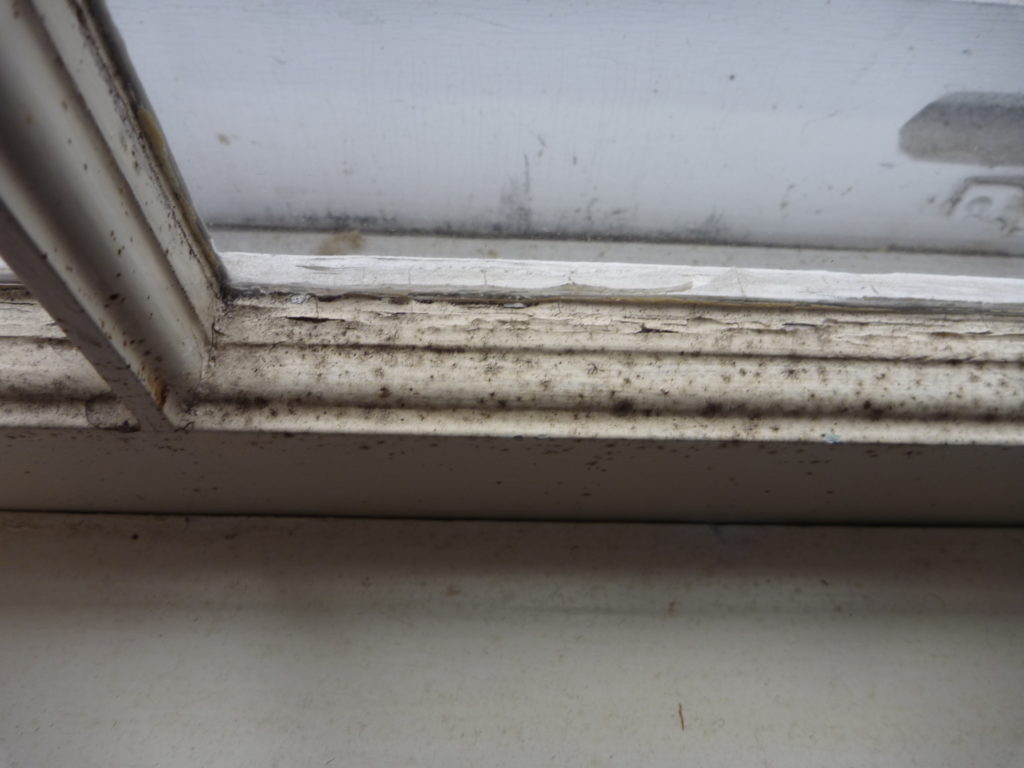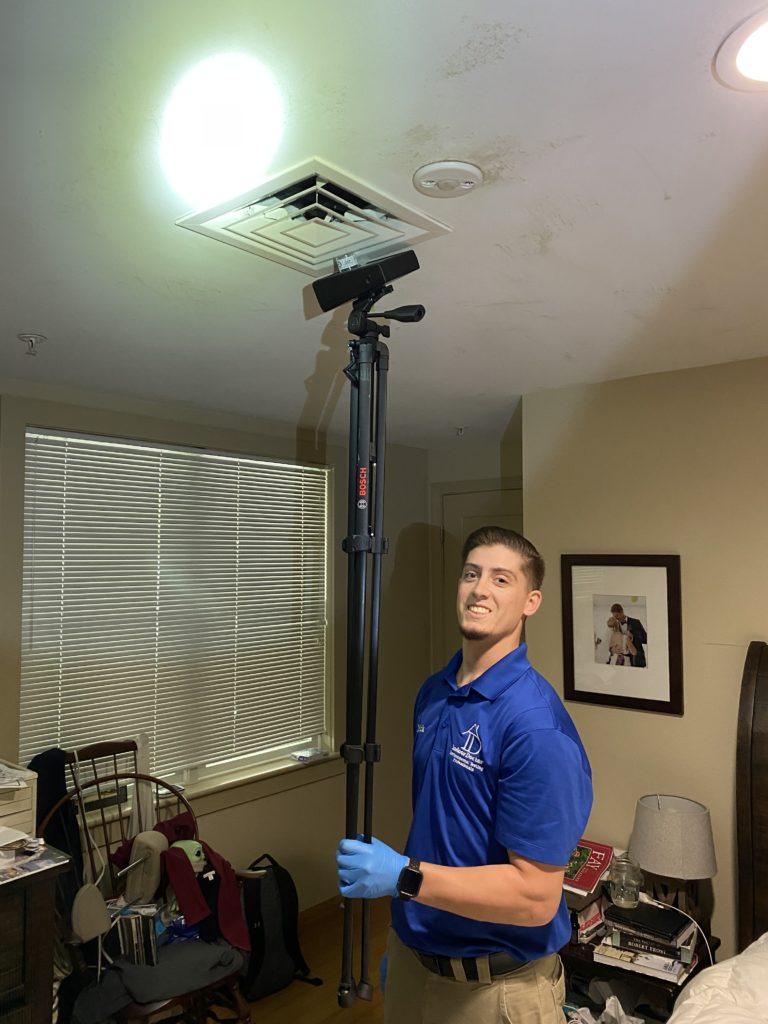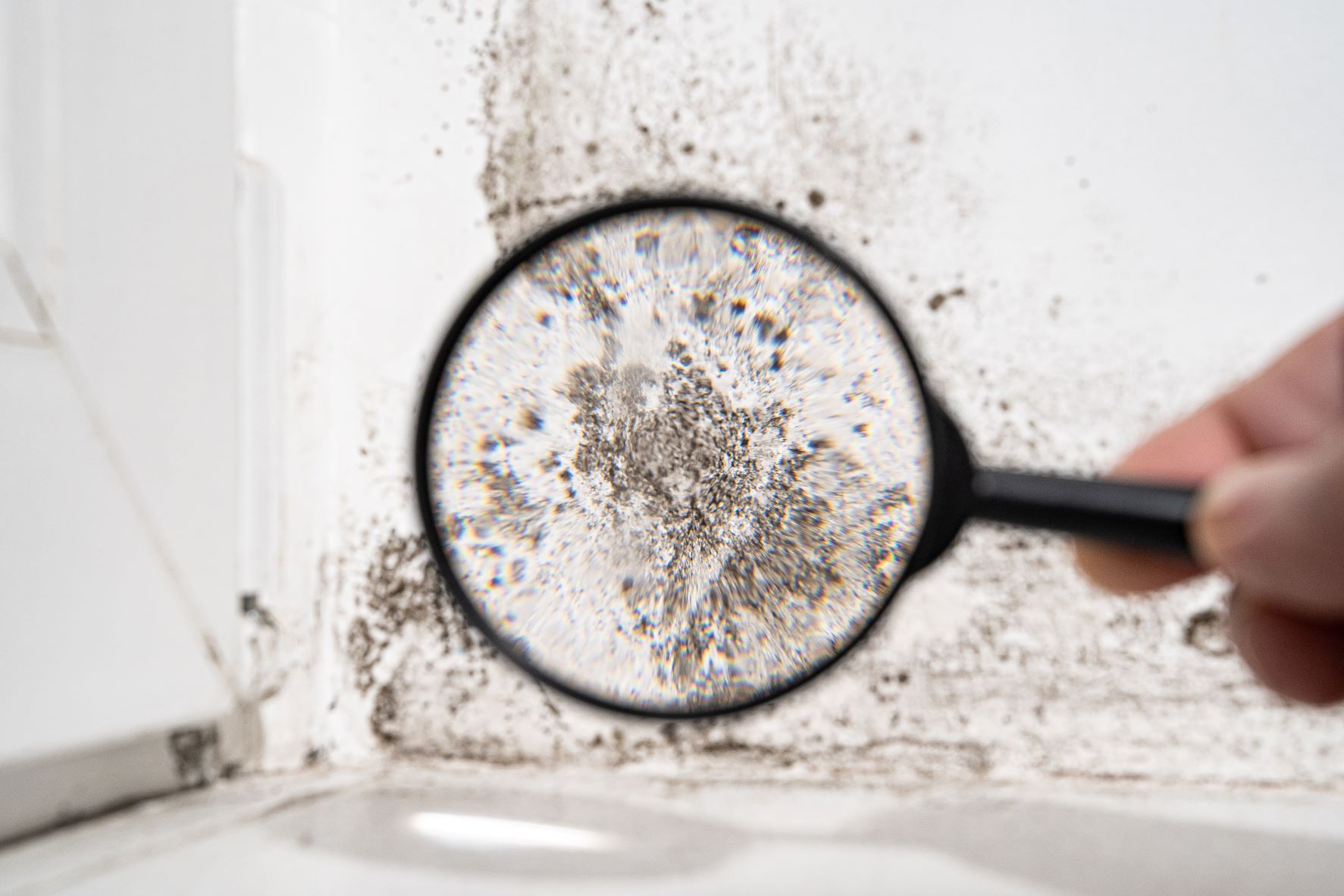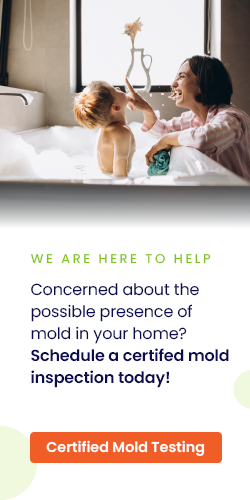Cladosporium is among the most widespread varieties of mold that homeowners encounter. It presence is indicative of high moisture levels and poor indoor air quality. Cladosporium is highly allergenic and can reduce your health and overall quality of life. It is dangerous and can spread through the house rapidly. Quickly identifying and removing this type of mold from your home is of the utmost importance.
Quick Facts about Cladosporium

This genus of fungi is prevalent both indoors and outdoors. Hundreds of Cladosporium varieties exist, and all of them are harmful to humans. Once it finds its way indoors, the negative health impacts of Cladosporium intensify, as its concentration in the air will be much higher than outside. Poor ventilation and high humidity levels contribute to its growth, which can be found in many areas throughout the house, including walls, ceilings, carpets, and more.
Recognizing Cladosporium
If you come upon mold that is olive green or a deep black or brown color, there’s a chance that it is Cladosporium. It tends to grow in colonies or clusters and will have a powdery or velvety texture to it. Like most molds, Cladosporium can be difficult to identify with precision and accuracy. Ultimately, the only way to know for certain which type of mold you’re dealing with is to have it tested.
Locating Cladosporium

Cladosporium can show up in a wide range of places throughout the home. Because it is so pervasive in decaying organic material and dying plants, it’s important to keep an eye on soil and vegetation around your property to ensure that this type of mold isn’t tracked indoors or carried inside by the wind. You may find Cladosporium in these areas:
- Basements and attics – These areas are notorious for accumulating high moisture levels and creating a perfect home for mold spores.
- Bathrooms – Cladosporium often spreads on ceilings above showers, under sinks, and around bathtubs.
- Sinks – Kitchen and laundry room sinks can be common culprits for leaks and high- moisture levels that encourage the growth of mold.
- Carpets and flooring – If your home has high humidity levels or experienced any type of flooding, Cladosporium could be growing beneath your carpets and flooring, undetected.
- Windows – Windows that are prone to condensation could create a welcoming environment for mold.
Recognizing the First Health Symptoms of Toxic Cladosporium
If you start to notice the onset of any of these dangerous symptoms of mold exposure, it’s important to have your home tested for Cladosporium.
- Runny nose
- Itchy eyes
- Coughing
- Sneezing
- Wheezing
- Difficulty breathing
- Increased allergy symptoms
- Aggravated asthma symptoms
- Dizziness/lightheadedness
- Headaches
Long-Term Health Impacts of Cladosporium
If Cladosporium mold continues to grow and thrive in your home, prolonged exposure could cause more significant, long-term health issues.
- Allergic fungal sinusitis
- Serious asthma attacks
- Development of asthma in children or healthy adults
- Chronic migraines
- Fungal lung infections
- Chronic fatigue

Testing for Cladosporium
The first step to taking back your health and protecting your property is to identify Cladosporium. Because it presents so similarly to other types of mold, you will need to have the mold professionally tested and evaluated. Although you may be tempted to simply remove the mold and move on, it’s imperative to have the mold tested. Here’s why:
- Know what you’re dealing with – Specific molds can cause specific problems. Knowing what you’re up against will help you to understand what’s going on with your underlying health conditions.
- Detect problem areas: Because Cladosporium often comes from outdoors, being able to identify it will help you to look for problem areas outside that could cause the mold to re-enter your home in the future.
- Provide info to your doctor: If you or a household member are suffering health issues from Cladosporium exposure, it will help your doctor to know exactly what you have been exposed to. This ensures proper care and treatment.
Take Action Against Cladosporium
Be aware that no matter how careful or clean you are, any home is vulnerable to mold infestations. As such, it’s crucial that you take preventative measures against Cladosporium and other fungi and always remain vigilant. Here are some steps you take to protect your household:
- Reduce moisture levels: Because molds like Cladosporium love areas with high moisture content, keeping moisture at a minimum is the best way to prevent mold from invading your space. Take steps to reduce your indoor humidity. Home dehumidifiers are highly effective at keeping your indoor humidity at or below 50 percent. Be sure to wipe up water quickly, use bathroom and kitchen fans, and keep an eye out for leaks.
- Take care of plants: Cladosporium loves to infect decaying plants and organic matter. If you love to garden, keep an eye on plants to ensure they aren’t producing mold that could mature and find its way indoors.
- Have your home inspected – As mentioned previously, mold can be difficult to spot and detect. Sometimes it grows under flooring or behind wall coverings. Hiring a professional to thoroughly assess your property will help you to pinpoint problem areas and mitigate risk quickly. In some cases, you may be unable to have someone physically inspect your home. Virtual walk-throughs are available. We’ll send you the equipment you need, and one of our team members will guide you through the entire inspection so that no stone goes unturned. We’ll help you to safely gather samples that can be tested to accurately identify the mold you’re dealing with.
- Prompt removal: Once mold has been detected, it needs to be removed quickly. It can be dangerous to attempt to do this on your own. Not only could exposure make you sick, but you may also miss trouble spots, thus allowing the mold to continue growing. Always hire a trusted professional to get rid of mold safely and completely.
Are you concerned about the possible presence of Cladosporium or other types of mold in your home? We’re here to help! Call Indoor Doctor to schedule an appointment for mold inspections and testing today.






